Arctic beasts
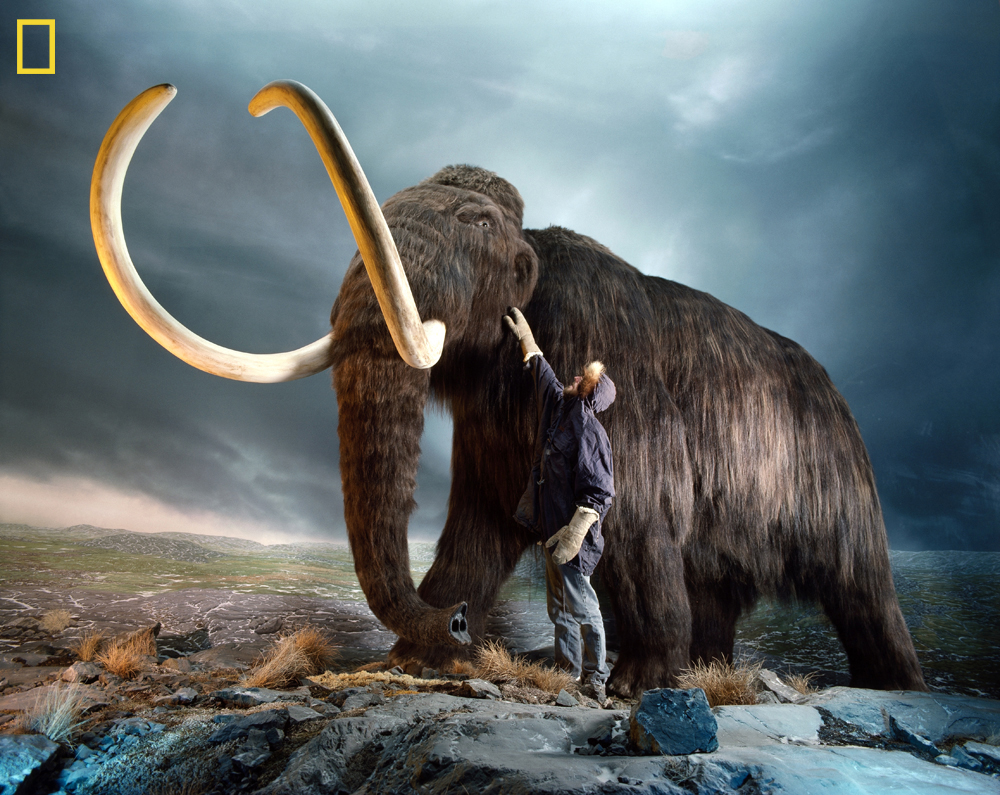
A 2014 study in Nature has found that Arctic mega-beasts like the wooly mammoth may have grazed a much more varied landscape than previously thought.
Grassland steppe
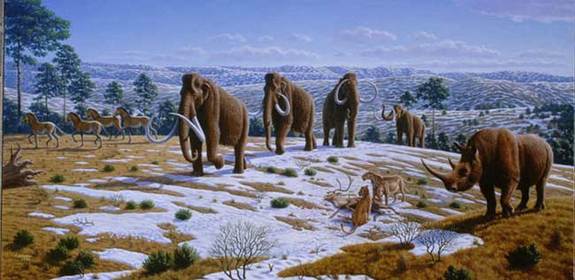
Previously, researchers thought the Arctic looked like monolithic grassland steppe.
Permafrost cores
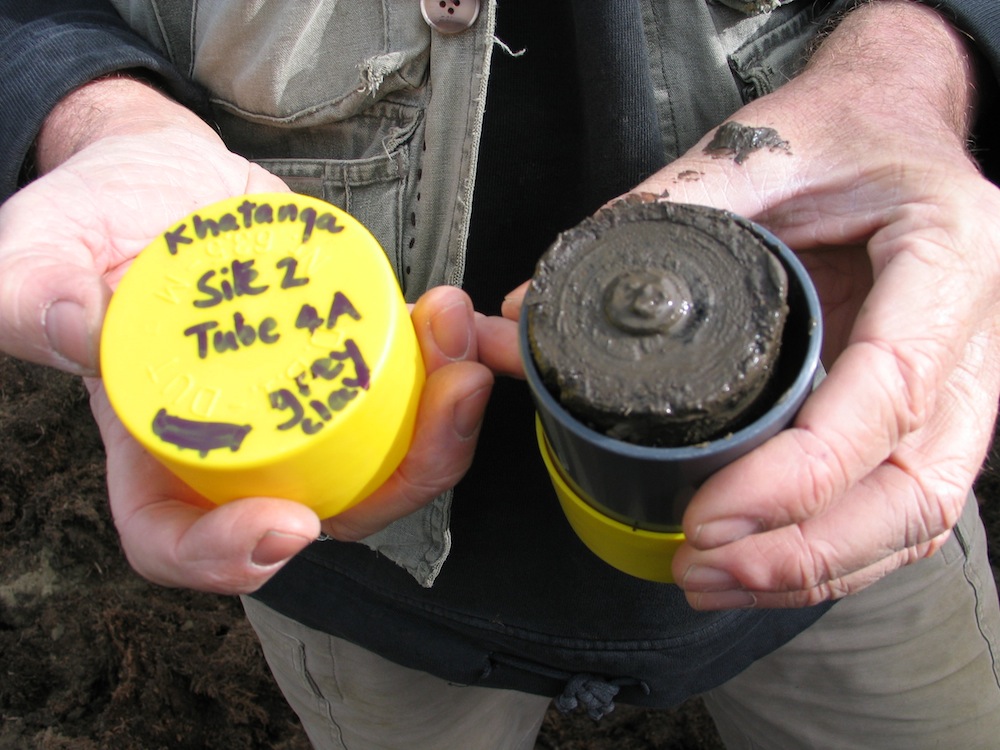
But by analyzing plant DNA in permafrost cores (like the one here from Talmyr, Siberia), the team found that many more wildflower-like plants called forbs were present at the time.
Flowery landscape
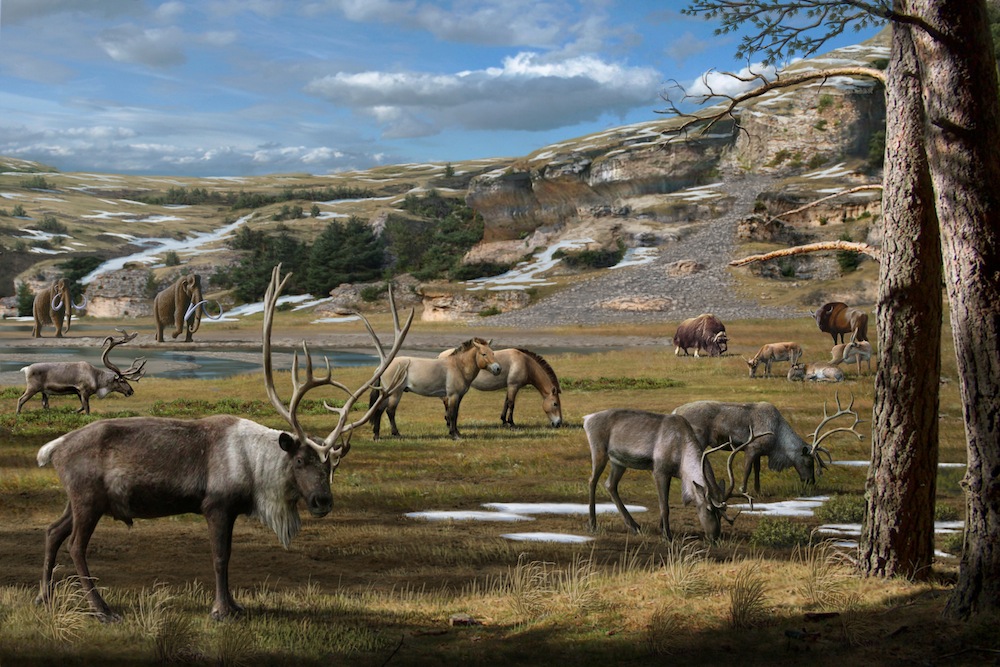
That suggests the landscape was filled with colorful blooms and a more varied flora than previously thought.
Mammoth tusk
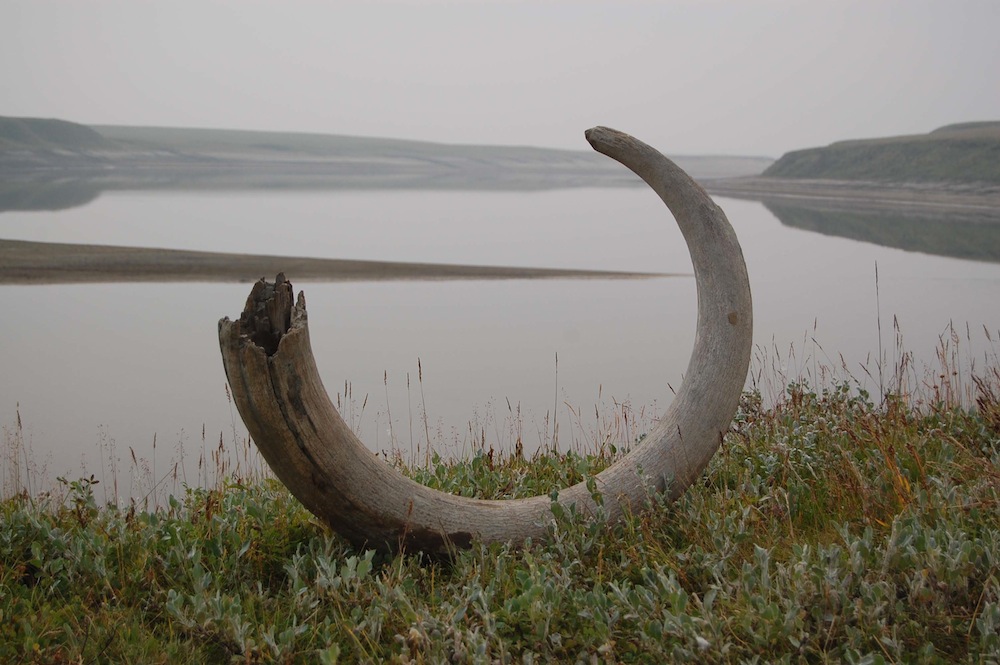
The team also analyzed the gut contents of Pleistocene beasts and found they ate a higher proportion of forbs than thought.
High protein snacks
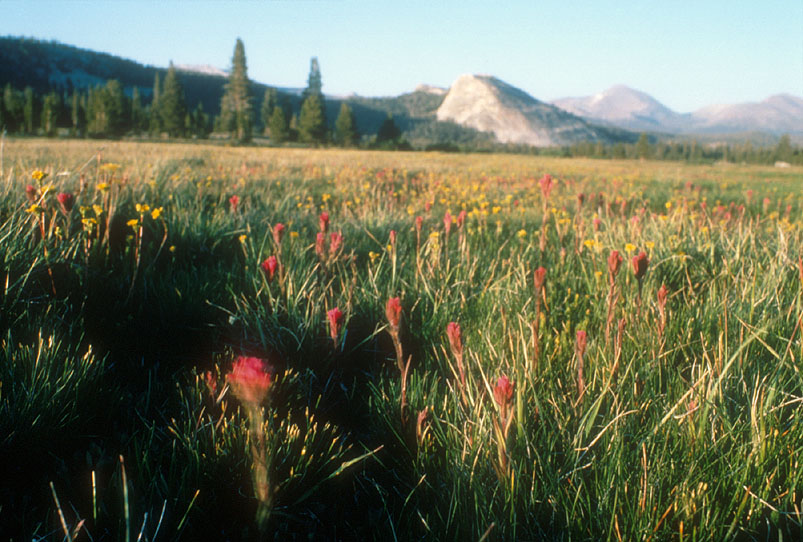
These flowering plants could have provided high-protein, nutritious snacks for beast such as mammoths and rhinos .
Modern diet?
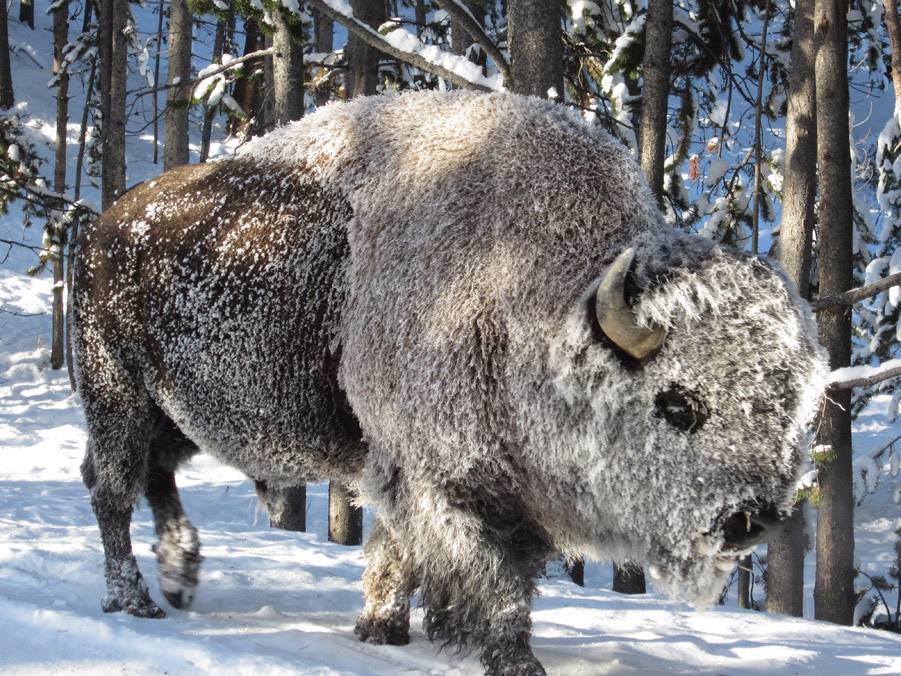
The new results could also mean rethinking how much of different plant types that modern grazers, such as the bison, eat, researchers say.
Sign up for the Live Science daily newsletter now
Get the world’s most fascinating discoveries delivered straight to your inbox.

Tia is the managing editor and was previously a senior writer for Live Science. Her work has appeared in Scientific American, Wired.com and other outlets. She holds a master's degree in bioengineering from the University of Washington, a graduate certificate in science writing from UC Santa Cruz and a bachelor's degree in mechanical engineering from the University of Texas at Austin. Tia was part of a team at the Milwaukee Journal Sentinel that published the Empty Cradles series on preterm births, which won multiple awards, including the 2012 Casey Medal for Meritorious Journalism.









